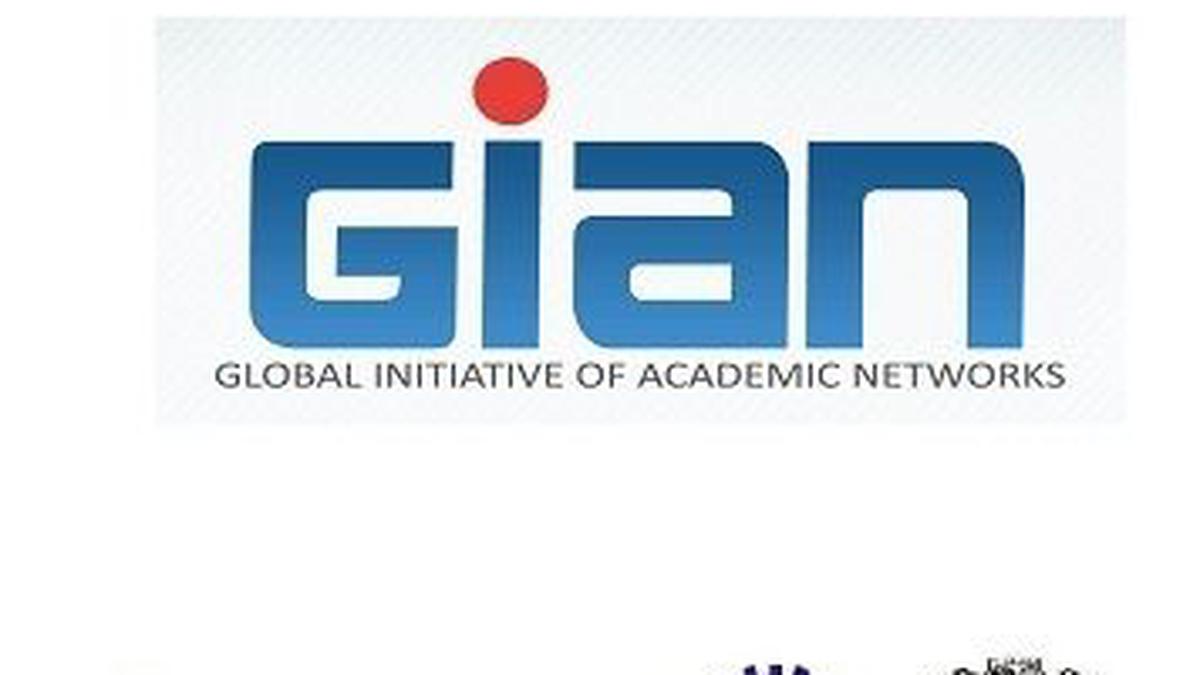METHANE EMISSIONS
·
In
a drive to battle the rising danger of methane discharges, the World Bank has
declared plans to send off a progression of nation drove programs, to lessen as
much as 10 million tons of methane throughout their speculation life
expectancies.
What is
the Arrangement Revealed by World Bank?
Need For
the Arrangement:
·
Methane
represents roughly 19% of worldwide ozone harming substance greenhouse gas(GHGs),
making it a significant supporter of environmental threat.
·
Rice
creation represents 8%, animals 32%, and squanders 18% of all human-driven
methane discharges, putting forth designated attempts there significant.
·
Compared
to carbon dioxide, methane has a much higher global warming potential (GWP).
·
Methane
has received less attention and funding despite being 80 times more potent than
carbon dioxide in terms of warming the planet.
Planned
by the World Bank:
·
The
World Bank is set to carry out at least 15 nation drove programs inside the
following year and a half.
·
The
World Bank says that the move is a step toward addressing the alarming rise in
global temperatures and helping communities that are most likely to be affected
by climate change.
·
Strategic
interventions will be used in these programs to reduce environmental
degradation and promote sustainable practices, with a particular focus on
methane emissions.
Subsidizing
Instrument:
·
Right
now, finance for methane decrease is under 2% of worldwide environment finance.
·
Between
2024 and 2030, the World Bank anticipates a significant increase in public and
private sector financing for methane reduction.
·
The
institution plans to work with the private sector, Germany, Norway, the United
States, the United Arab Emirates, and the United Arab Emirates to implement
efficient solutions and cut down on methane emissions throughout the energy
value chain.
What
initiatives are being taken to reduce methane emissions?
Indian:
·
HD's
"Harit Dhara": Indian Chamber of Farming Exploration (ICAR)
has fostered an enemy of methanogenic feed supplement 'Harit Dhara' (HD), which
can chop down steers methane outflows by 17-20% and can likewise bring about
higher milk creation.
·
India's
Program to Reduce GHGs: An industry-led voluntary framework to measure and
manage greenhouse gas emissions is the India GHG Program, which is led by the
WRI India (a non-profit organization), the Confederation of Indian Industry
(CII), and The Energy and Resources Institute (TERI).
·
National
action plan on climate change (NAPCC): Since its inception in 2008, the NAPCC
has worked to raise public awareness of the threat posed by climate change and
the steps that can be taken to mitigate it among community members, scientists,
and government agencies.
·
Norms
for Bharat Stage VI: India changed its emission standards from Bharat Stage IV
(BS-IV) to Bharat Stage VI (BS-VI).
Global:
·
System
for Methane Alert and Response, or MARS:
·
MARS
will coordinate information from countless existing and future satellites that
can recognize methane discharge occasions anyplace on the planet, and convey
warnings to the applicable partners to follow up on it.
Pledge
for Global Methane:
·
At
the Glasgow environment meeting (UNFCCC COP 26) in 2021, almost 100 nations had
met up in a deliberate promise, alluded to as the Worldwide Methane Vow, to cut
methane outflows by something like 30% by 2030 from the 2020 levels.
Worldwide
Methane Drive (GMI):
·
It
is a worldwide public-private organization zeroed in on diminishing boundaries
to the recuperation and utilization of methane as a spotless energy source.
What
Measures can be Taken Further to Decrease Methane Emissions?
·
In the Energy Area: Methane emissions occur throughout the oil and gas supply chain, but
fugitive emissions from equipment leaks, system malfunctions, and deliberate
flaring and venting are particularly prevalent.
·
Leak
detection and repair programs, improved technologies and operating procedures,
and the capture and utilization of methane that would otherwise be wasted are
examples of cost-effective solutions that can assist in lowering emissions.
·
In Agriculture:
The ranchers can furnish animals with more nutritious feed so they are bigger,
better and more useful, successfully creating more with less.
·
With
regards to staple harvests like paddy rice, specialists suggest substitute
wetting and drying approaches that could divide discharges.
·
As
opposed to permitting the persistent flooding of fields, paddies could be
watered and depleted a few times all through the developing season, restricting
methane creation without influencing yield.
·
That
cycle would likewise require 33% less water, making it more practical.
·
In the field of waste: Around 20% of the global methane emissions caused by humans are caused
by the waste industry.
·
Separating
organics and recycling are the mitigation strategies with the greatest
potential for cost-effective employment creation.
·
It's
also important to avoid food loss and waste upstream.
·
Reducing
methane emissions, displacing other fuels, and generating energy from landfill
gas will also result in new revenue streams.
·
Job of Government: In order to assist the people of India in growing and consuming food in
a different manner, the government of India ought to envision a food system
transition policy.
MPOX

·
The
Democratic Republic of the Congo (DRC) has seen a huge expansion in Monkey pox
(pox) cases, with 12,569 thought cases and 581 deaths revealed from January to
November 2023.
·
The
WHO has likewise featured a developing episode of mpox cases connected to
sexual transmission in the country.
·
Monkey
pox, brought about by the Monkey pox infection (MPXV), is a viral zoonotic
illness endemic in thickly forested locales of west, focal, and east Africa.
·
A
severe, chickenpox-like rash, fever, malaise, and headache are among the
symptoms. Monkey pox, in contrast to smallpox, causes early lymph gland
enlargement.
·
There
is no particular treatment or immunization accessible for Monkey pox
contamination. Before, the counter smallpox antibody, once 85% successful, is
at this point not broadly available.
GDP GROWTH
·
The
most recent information from the Ministry of Statistics and Programme
Implementation (MoSPI) shows that India's GDP increased by 7.6% between July
and September of 2023 and 2024.
·
In
the second quarter, India's economy saw an increase in manufacturing, a
decrease in agriculture, and a slowdown in the services sector.
What Importance Does This Data on Growth Have?
·
In
addition to the fact that this is a genuinely great degree of financial
development, it likewise beats all market assumptions.
·
The
surge in quarterly GDP growth has prompted a flurry of upward revisions to the
full-year GDP forecast.
·
Apparently
India's national bank precisely anticipated the country's Gross domestic
product development rate for the financial year, in spite of at first appearing
to be hopeful contrasted with different business analysts.
·
Presently,
with numerous specialists overhauling their projections to line up with the
bank's figure of 6.5%, the Reserve Bank of India (RBI) appears to have made an
exact forecast.
What are the various methods for evaluating economic
expansion?
Economic Growth Can Be Calculated in Two Ways:
GDP:
·
It
includes analyzing individuals' spending designs (the consumption side). Gross domestic
product can be gotten from Gross value Added (GVA) by consolidating circuitous
duties and deducting government appropriations.
GVA:
·
It
centers around the pay side of the economy. GVA, as characterized by the RBI,
is the worth of an area's result less the worth of its delegate inputs. This
"value added" is distributed among the two primary production
factors, capital and labor.
Differences Between the Two Approaches:
·
The
difference between the two methods, known as a discrepancy, has sparked debate,
particularly during the release of GDP data for the first quarter.
·
GDP
(expenditure data) is preferred for assessing annual trends, while GVA numbers
are frequently regarded as more reliable for a nuanced analysis of quarterly
economic trends.
What can be done to strengthen India's growth rate?
·
Helping
Venture and Utilization: Domestic demand, which accounts for about 70% of
India's GDP, is primarily driven by these two factors.
·
The
government can continue to implement reforms that lower interest rates, bad
loans, regulatory obstacles, policy uncertainty, and investment.
·
To
increment utilization, the public authority can uphold pay development,
expansion control, rustic turn of events, work creation, and credit
accessibility.
Increasing Exports and Manufacturing: These are the vital wellsprings of
significant worth expansion, work, and outer interest, which can assist India
with expanding its economy and incorporate with the worldwide market.
·
To
further develop assembling and commodities, the public authority can keep on
carrying out drives, for example, the Atmanirbhar Bharat bundle, the creation
connected motivator plot, and the public foundation pipeline.
·
Putting
resources into Human Resources and Social Administrations: These are the
fundamental elements for working on the expectations for everyday comforts and
efficiency of India's enormous and youthful populace.
·
The
government can continue to pursue prudent fiscal and monetary policies that
strike a balance between growth and inflation goals in order to maintain
macroeconomic stability and resilience.
GIAN

·
The
Ministry of Education is preparing to resume the fourth phase of the Global
Initiative of Academic Networks (GIAN) after an eight-year journey that
included a brief pause during COVID.
·
This
drive expects to acquire recognized researchers overall to instruct at Indian
colleges.
·
After
evaluating the plan, the National Institute of Educational Planning and
Administration (NIEPA) recommended that it continue.
What exactly is the GIAN Scheme (Global Initiative for
Academic Networks)?
·
GIAN
is a lead drive by the Ministry of Training (MoE), Legislature of India
intended to cultivate coordinated effort and upgrade the nature of schooling
and exploration in Indian scholarly organizations.
The following are the eligibility requirements for joining
the GIAN program:
·
Employees
of Indian organizations of advanced education. Researchers and business people
from abroad.
·
The
GIAN program's courses ought to be pertinent to the Indian context.
·
The
courses ought to be made so that students can learn about the most recent
developments in the field.
·
The
courses ought to be intended to give active preparation to the members.
